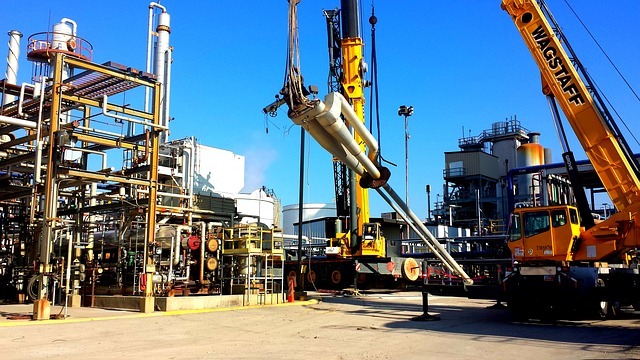We classify drill rigs Australia either as an offshore or land. The offshore, as the name suggests handles drilling work on the ocean floor whereas as the land-based drilling would involve drilling work done on land surface itself.
Onshore or land-based drilling rigs share a common denominator, and the majority of these modern rigs come with a cantilevered mast, or to be more specific a Jackknife type of derrick.
You can assemble a derrick of this type on the ground. Eventually, you can raise it to a vertical position with the help of a hoisting system. They are usually made from prefabricated sections and will be taken or moved onto site by barge, helicopter, or truck.

There are two types for offshore drilling: the floating structure and the fixed structure type.
The Jack-up Rig
A drill rig of this kind is a self-elevating type. Usually it is applied for shallower, smaller offshore deposits. The floating platform of the rig will be towed into their proper positions with the use of barges. Following this, the support legs will be lowered down below to the reach of the sea floor. This way the rig will remain above the surface of the water.
Concrete Platform
This kind of drilling rigs are highly valued in the industry due to their excellent performance. They are most suitable for use in the arctic environment, capable of carrying heavy topsides and highly durable. They usually come with spacious storage capacities.
Highly economical, too, for water depths that are beyond 150m. For the gravity type platform, you will have no need for additional fixing here because of their sheer heaviness of weight and large foundation dimensions.
Compliant tower
Fixed platforms and compliant tower rigs have so much to share in common. Both of them are seabed anchored. Most of the equipment they have are held above the water surface. Since they are primarily designed to be narrow and flexible tower, they are capable of withstanding huge lateral forces and does so by virtue of sustaining relevant lateral deflections.
Barge rig
Barge rigs are best described as floating offshore vessels for drilling but they are not the type that is self propelled. The drilling equipment is installed directly on the barge itself and will be towed on site while its hull is filled with enough water.
This type of drill rigs Australia are ideally applicable in swampy, relatively shallow areas.
Generally, they are capable of drilling through water depths that are less than 12 feet.
Tension Leg platform.
This type of rig is comprised of a floating surface structure. They are being held by vertical and taut tendons, which are linked to the seabed below. With their flexible and long legs, they can manage movement side to side and a little vertical movement, also. This type of rig is capable of operating in as deep as 700 feet of water.
Submersible rig
This type of drilling rig can handle drilling through water depths of 18 feet to 70 feet deep. They usually come with a floating drill unit and they are equipped with pontoons and columns that when infused with certain amounts of water will induce the pontoons to submerge to a predetermined depth.